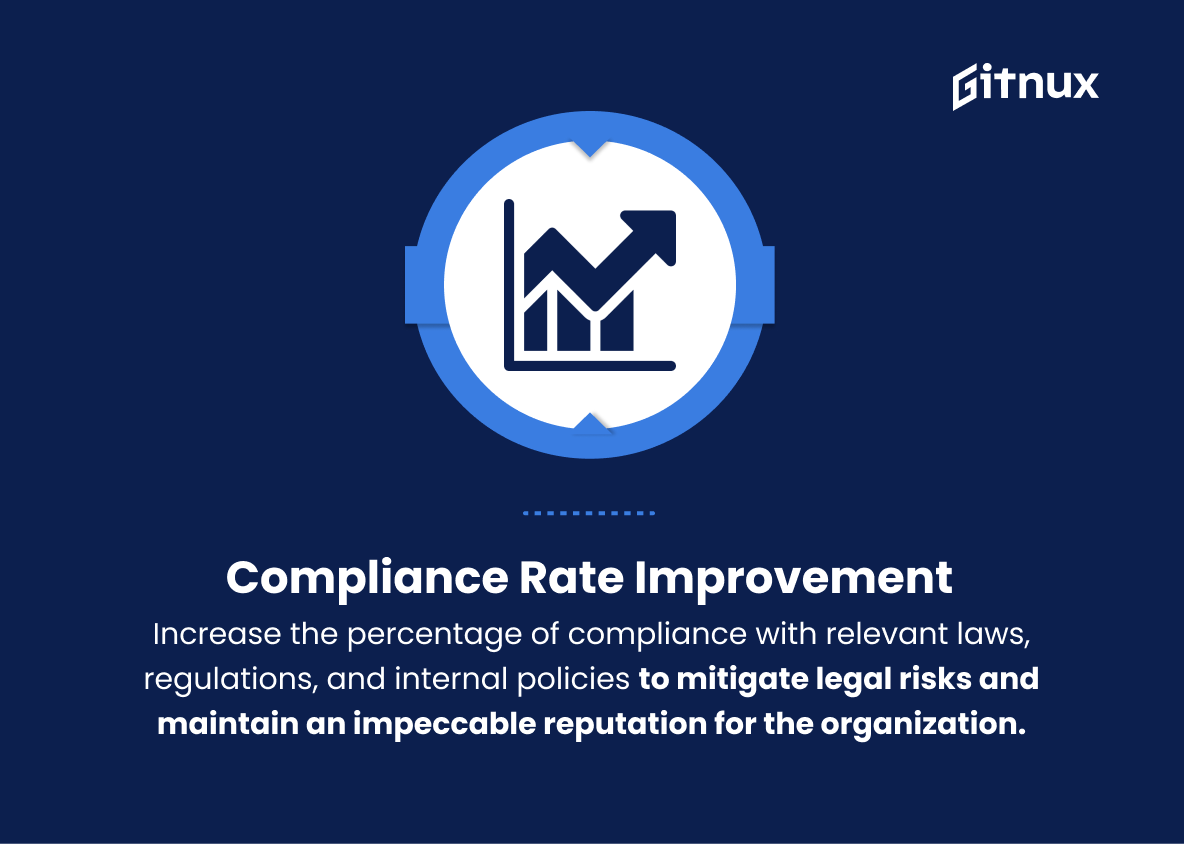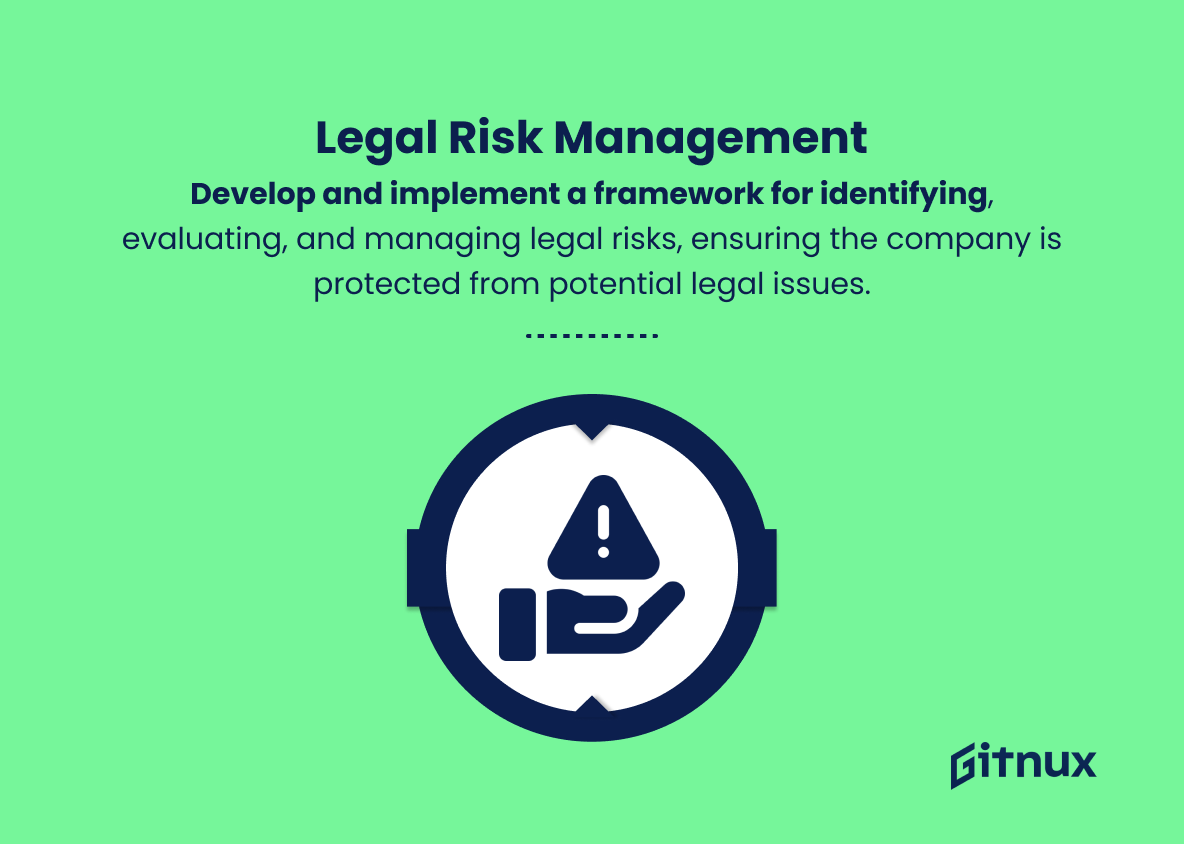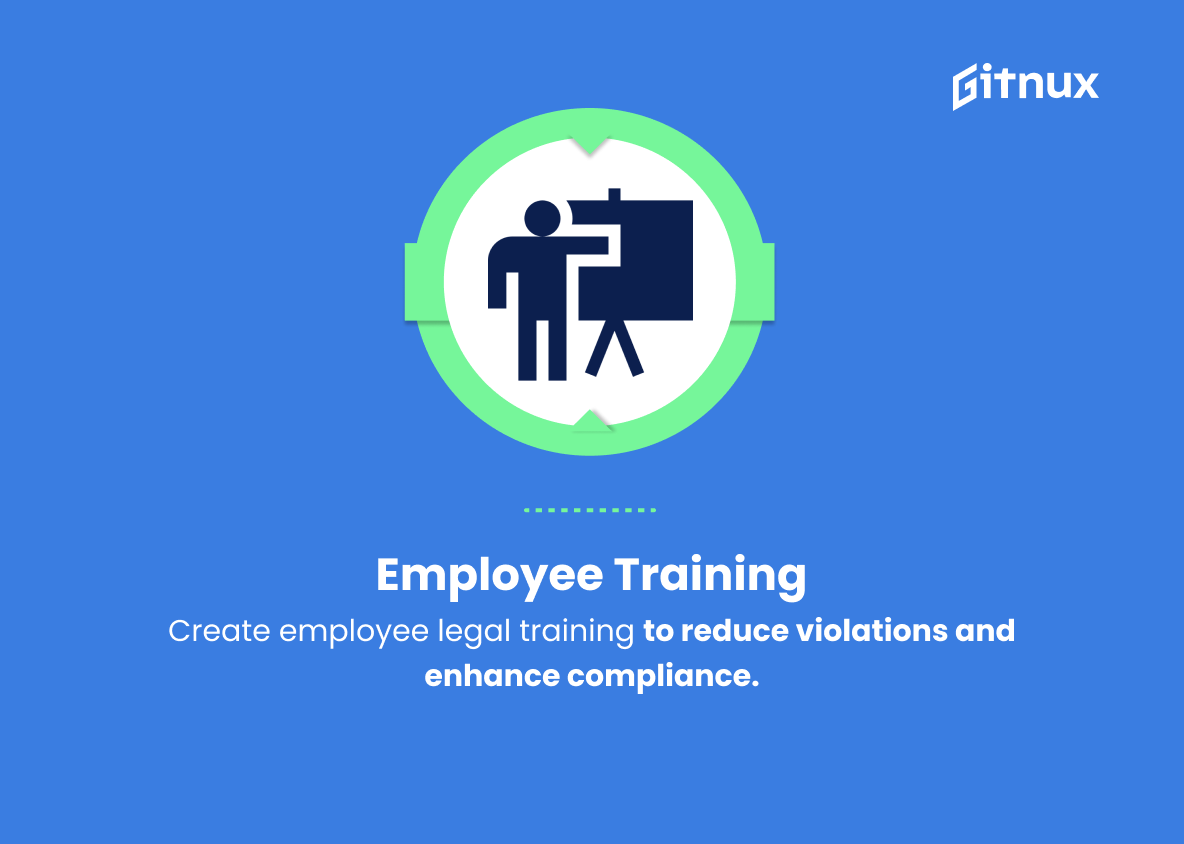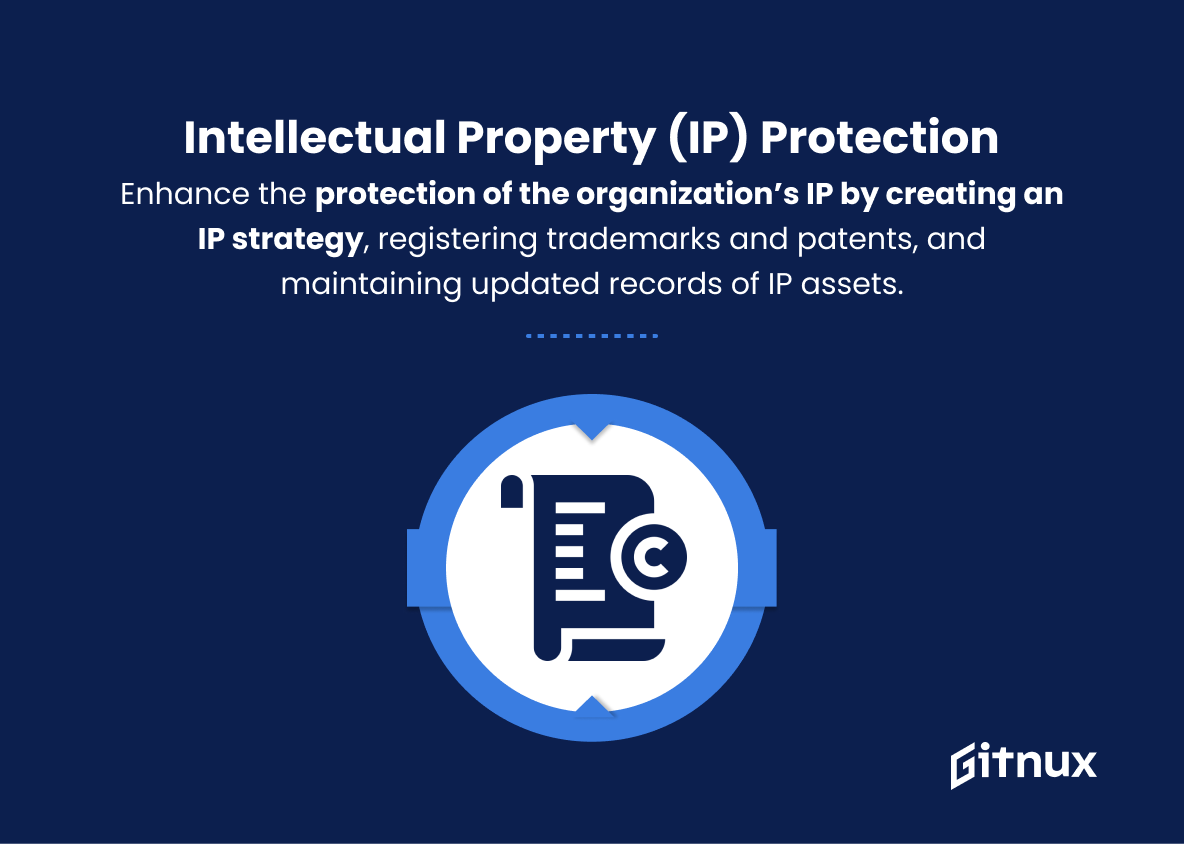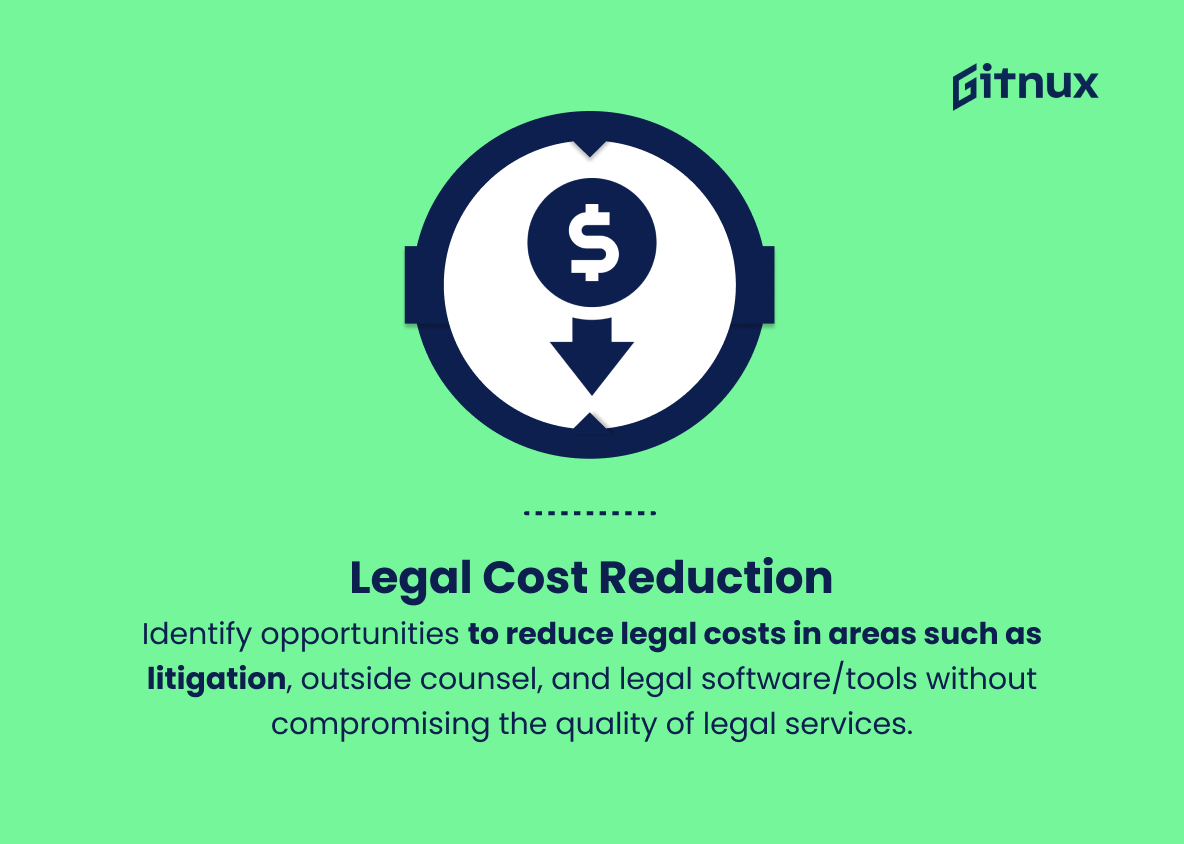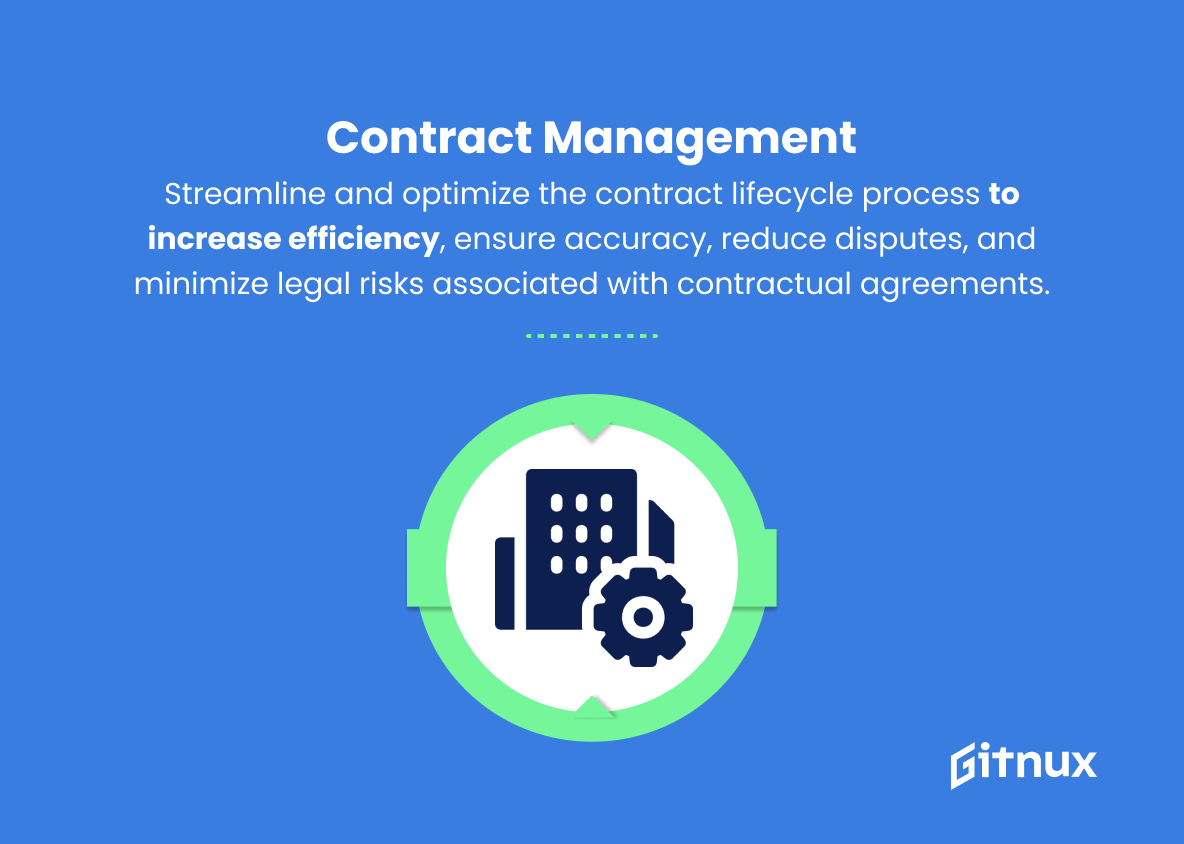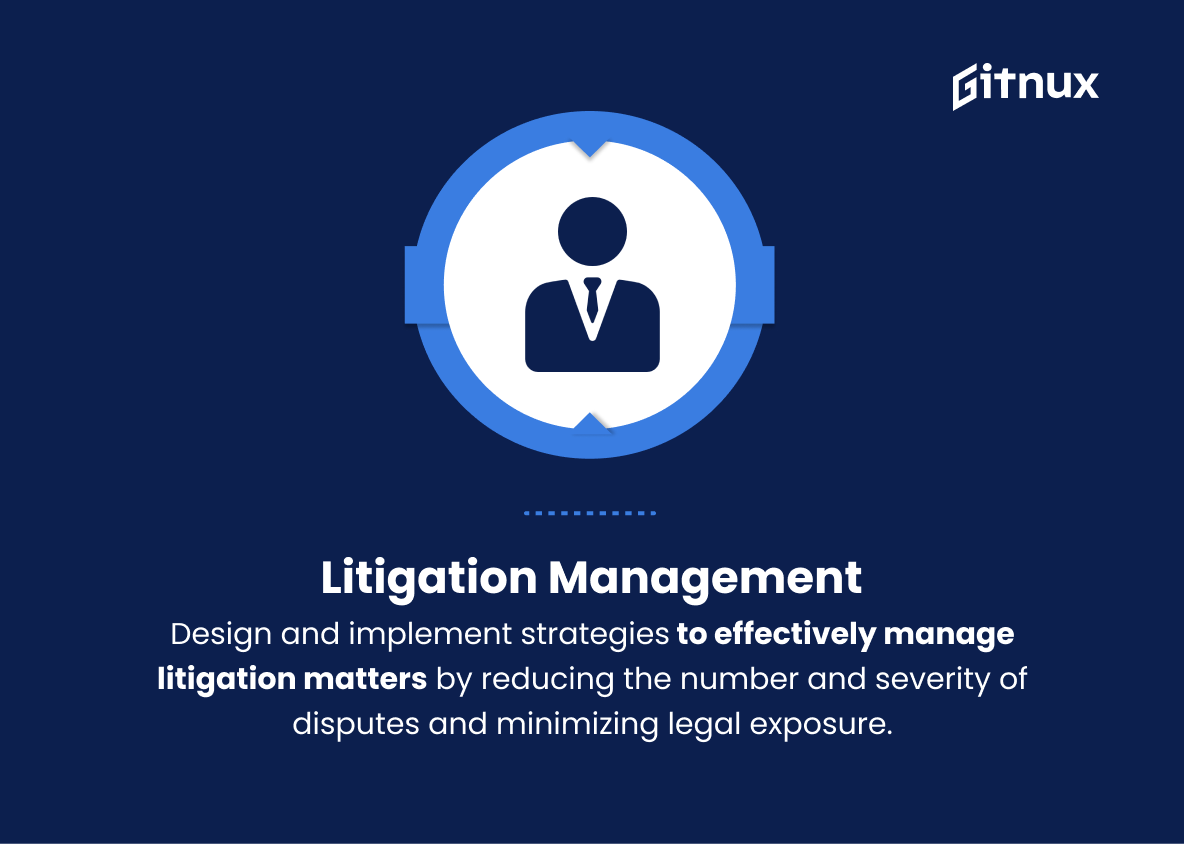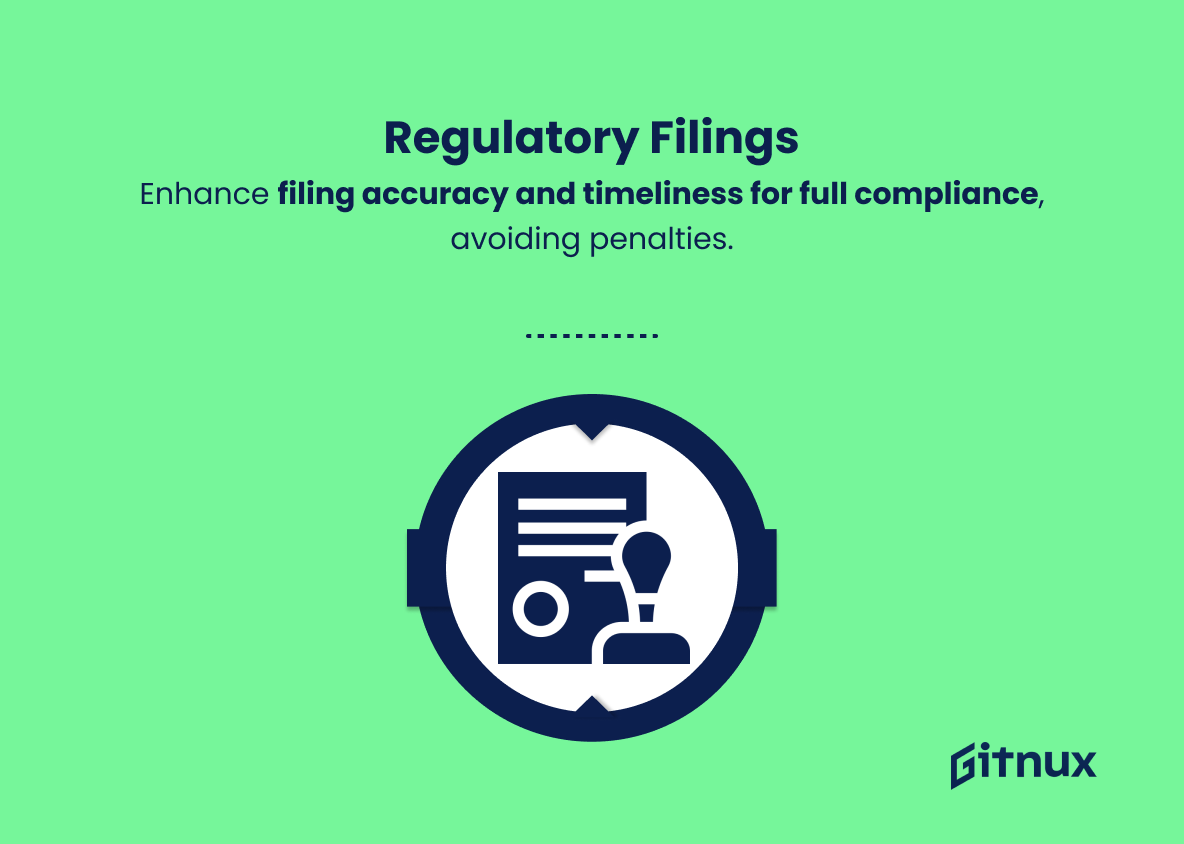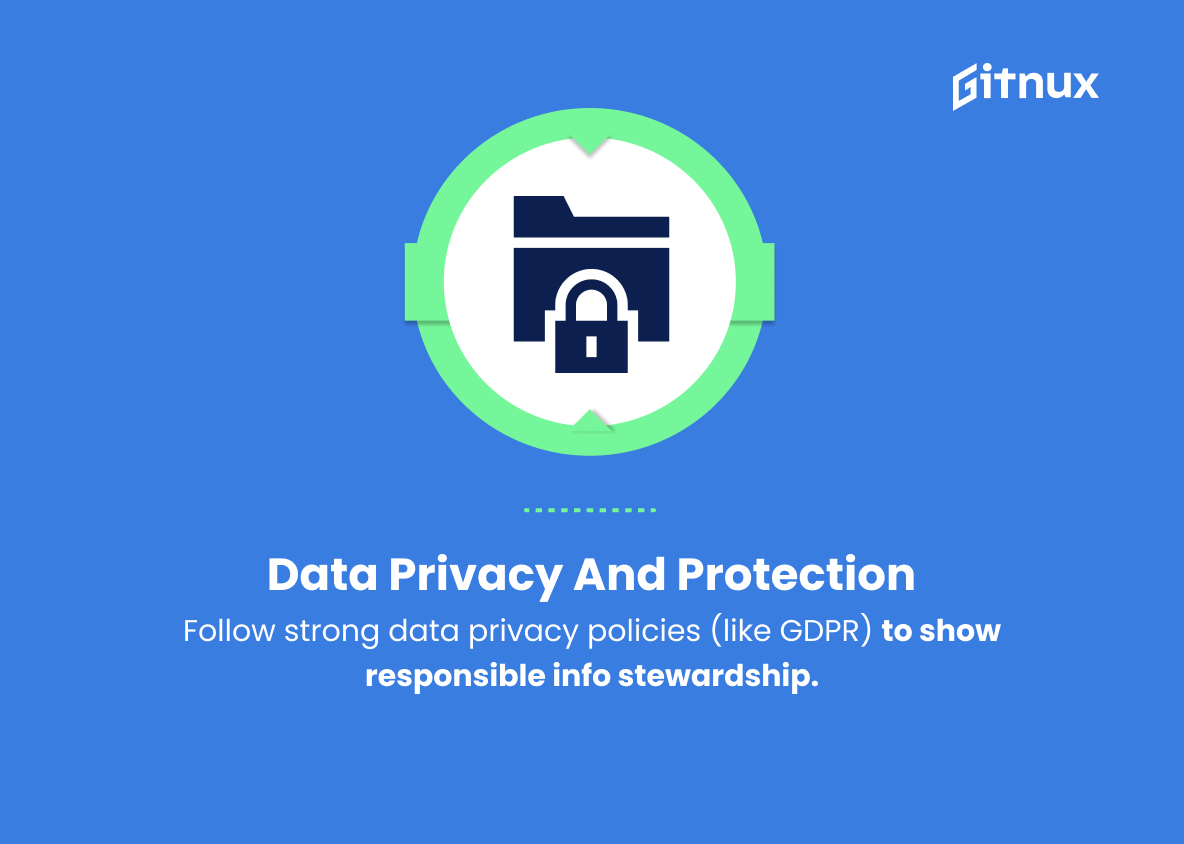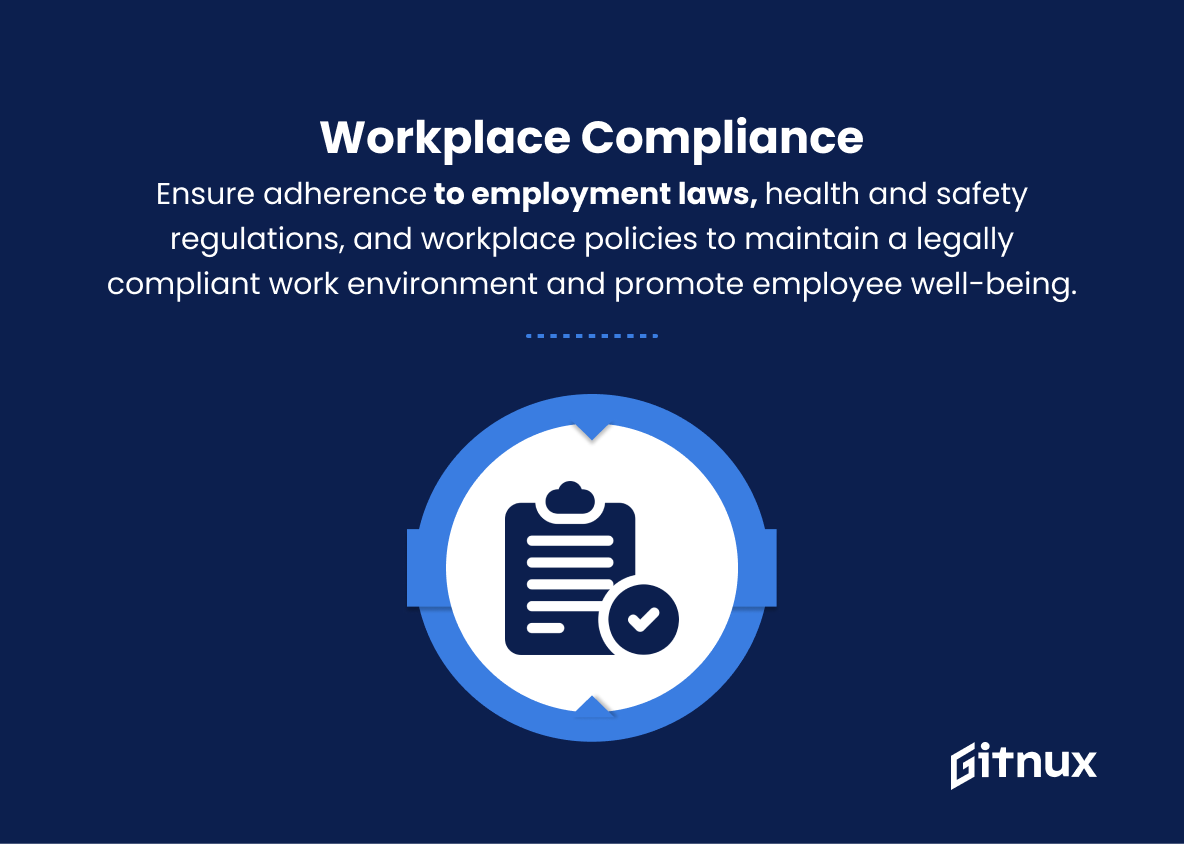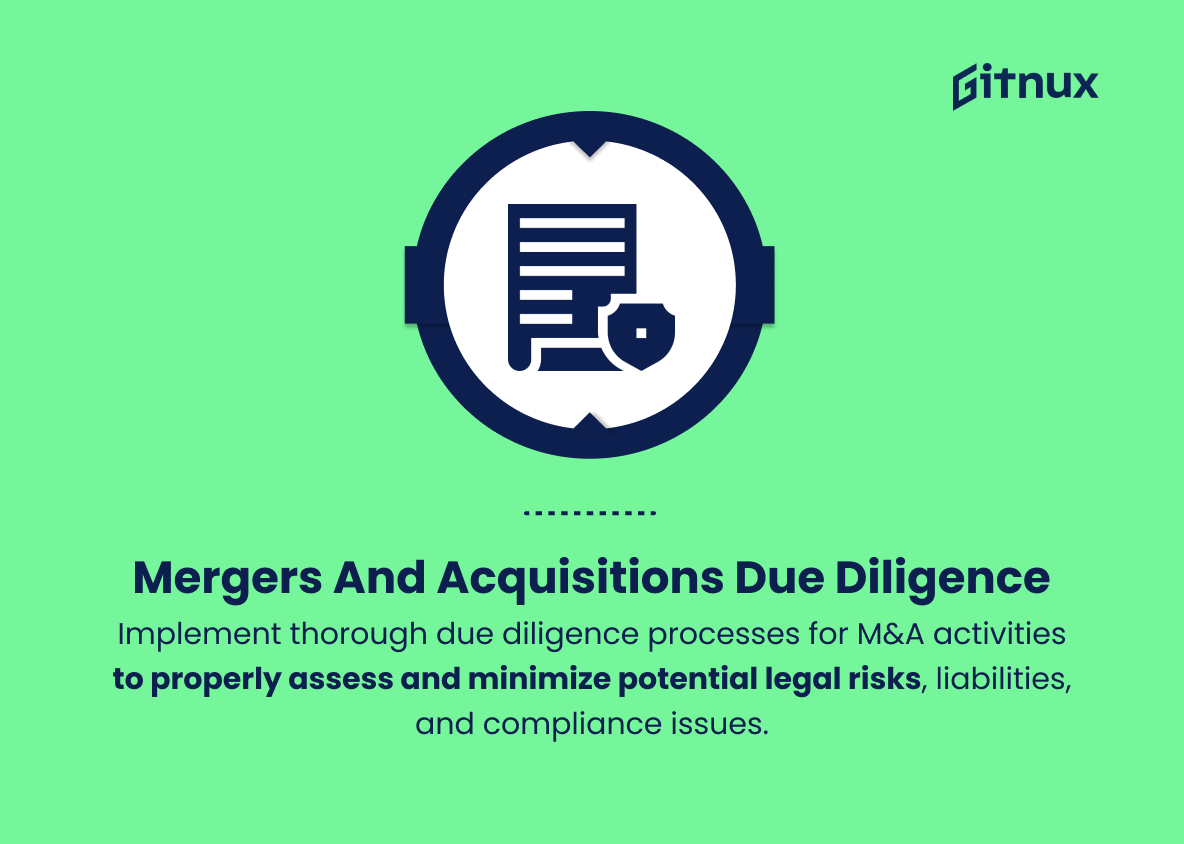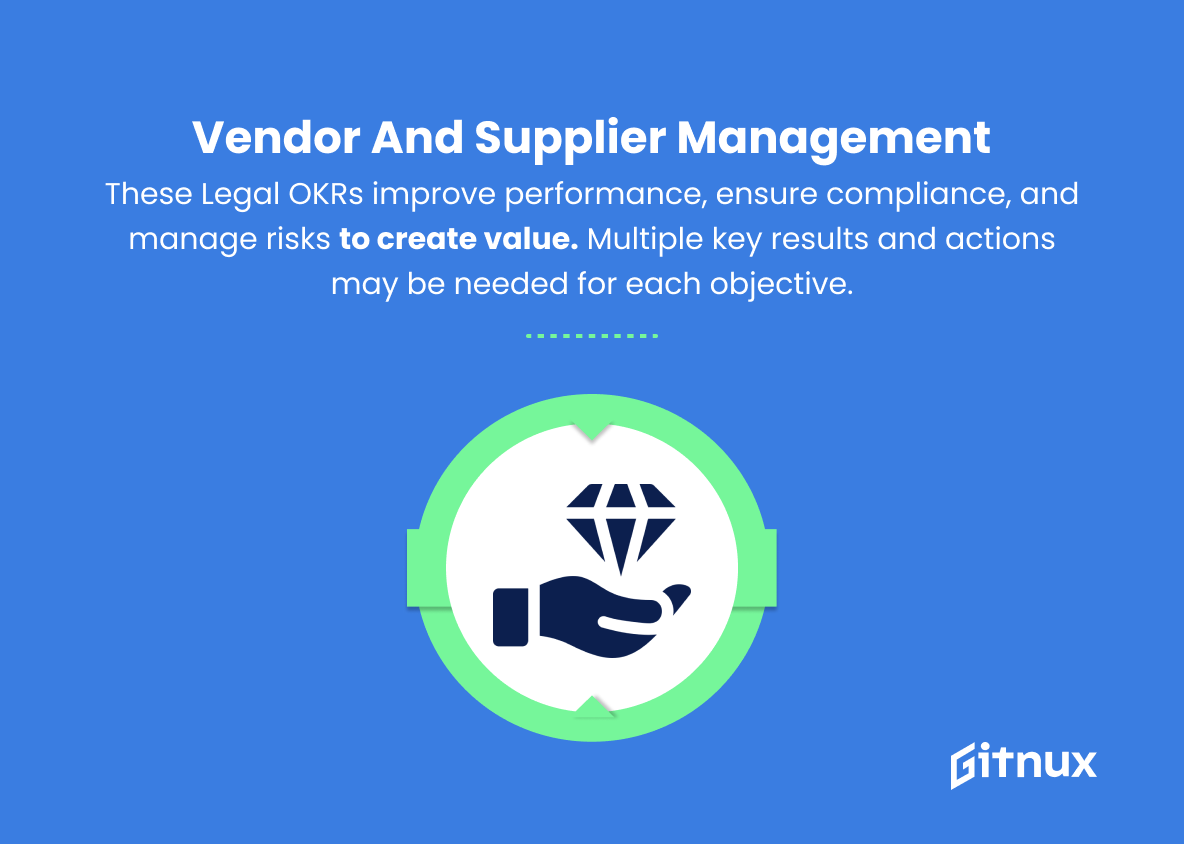In today’s fast-paced and ever-evolving legal landscape, it has become crucial for law firms and legal departments to adapt, achieve, and maintain a strategic advantage. Implementing effective Objective and Key Results (OKRs) in the legal industry can be a game-changer, enhancing productivity, driving innovation, and maximizing client satisfaction. In this insightful blog post, we will delve into the world of Legal OKRs and explore how they can be a transformative tool for legal professionals intent on setting ambitious goals, tracking measurable outcomes, and fostering a culture of continuous improvement. Join us as we unlock the potential of Legal OKRs and arm you with the knowledge to break new ground and scale new heights in your legal practice.
Legal OKRs You Should Know
1. Compliance rate improvement
Increase the percentage of compliance with relevant laws, regulations, and internal policies to mitigate legal risks and maintain an impeccable reputation for the organization.
2. Legal risk management
Develop and implement a framework for identifying, evaluating, and managing legal risks, ensuring the company is protected from potential legal issues.
By improving compliance rates, organizations can reduce legal risks and develop an impeccable reputation within their industry.3. Employee training
Establish a comprehensive legal training program for employees to increase awareness and understanding of laws, regulations, and internal policies to minimize violations and compliance issues.
4. Intellectual Property (IP) protection
Enhance the protection of the organization’s IP by creating an IP strategy, registering trademarks and patents, and maintaining updated records of IP assets.
5. Legal cost reduction
Identify opportunities to reduce legal costs in areas such as litigation, outside counsel, and legal software/tools without compromising the quality of legal services.
6. Contract management
Streamline and optimize the contract lifecycle process to increase efficiency, ensure accuracy, reduce disputes, and minimize legal risks associated with contractual agreements.
7. Litigation management
Design and implement strategies to effectively manage litigation matters by reducing the number and severity of disputes and minimizing legal exposure.
Legal OKRs play a crucial role in maintaining the organization’s compliance, mitigating risks, and preserving its reputation.8. Regulatory filings
Improve the accuracy and timeliness of regulatory filings, such as those required by government bodies, securities regulators, or industry-specific regulators to achieve full compliance and avoid penalties.
9. Data privacy and protection
Establish and follow robust data privacy and protection policies in accordance with relevant legislation, such as GDPR, to demonstrate responsible stewardship of personal and sensitive information.
10. Workplace compliance
Ensure adherence to employment laws, health and safety regulations, and workplace policies to maintain a legally compliant work environment and promote employee well-being.
11. Mergers and acquisitions (M&A) due diligence
Implement thorough due diligence processes for M&A activities to properly assess and minimize potential legal risks, liabilities, and compliance issues.
12. Vendor and supplier management
Establish the legal framework for third-party vendor/supplier relationships, ensuring alignment with the organization’s legal and ethical standards and minimizing potential risks.
Overall, these Legal OKRs help enhance legal performance, ensure compliance, manage risks, and create value for the organization. Each objective may require multiple key results and actions to track progress and achieve success.
Legal OKRs Explained
Legal OKRs play a crucial role in maintaining the organization’s compliance, mitigating risks, and preserving its reputation. By improving compliance rates, organizations can reduce legal risks and develop an impeccable reputation within their industry. Legal risk management is essential for protecting the company from potential legal issues and ensuring its long-term success. Employee training enables the workforce to understand the importance of complying with laws and regulations, thereby minimizing violations.
Intellectual Property protection safeguards the organization’s valuable assets, while legal cost reduction and contract management focus on efficient use of resources and minimizing disputes. Litigation management strategies help reduce the severity and number of legal disputes, while regulatory filings ensure full compliance and avoidance of penalties. Data privacy and protection emphasize responsible stewardship of personal information, and workplace compliance promotes a safer and more productive work environment.
Mergers and acquisitions due diligence helps assess and minimize potential legal risks, while vendor and supplier management ensures proper alignment with legal and ethical standards. Together, these Legal OKRs contribute to enhanced legal performance, compliance, risk management, and overall value creation for the organization.
Conclusion
In conclusion, Legal OKRs have emerged as a powerful tool for law firms and legal departments to drive efficiency, optimize processes, and achieve essential business objectives. By setting specific, measurable, achievable, relevant, and time-bound goals, legal professionals can align their efforts with the organization’s strategic vision, encourage collaboration, and continuously track their progress. The implementation of OKRs in the legal field not only ensures greater productivity but also fosters a results-oriented mindset, ultimately leading to improved client satisfaction and organizational success.
As the legal landscape continues to evolve, adopting Legal OKRs will ensure that law firms and legal departments remain competitive, agile, and focused on delivering exceptional value in an increasingly complex and demanding environment.
